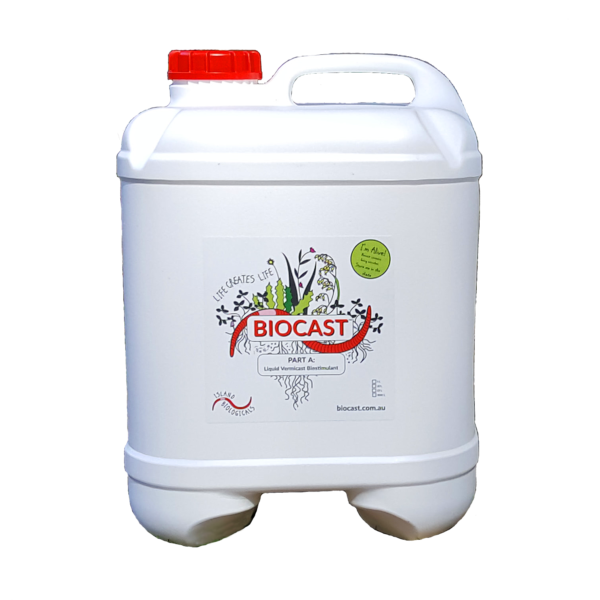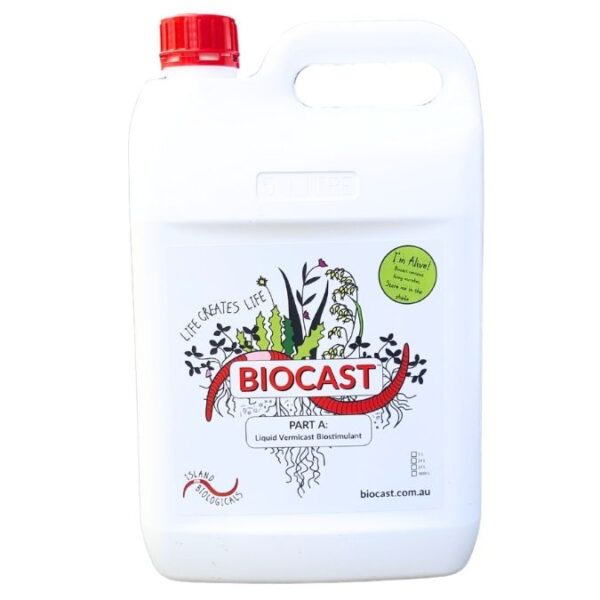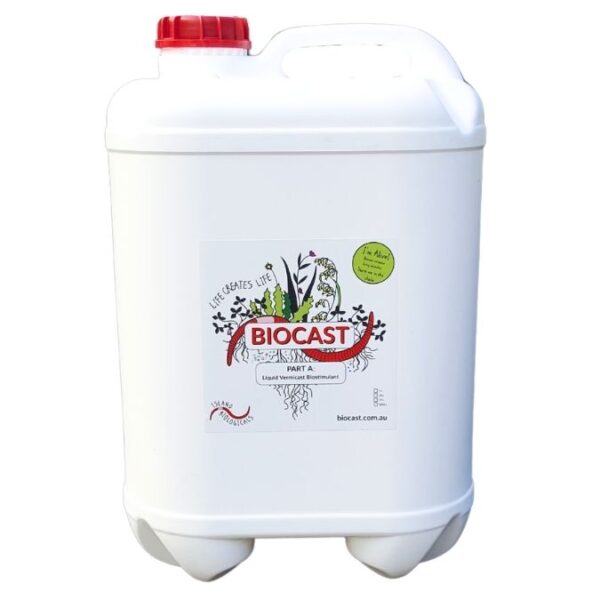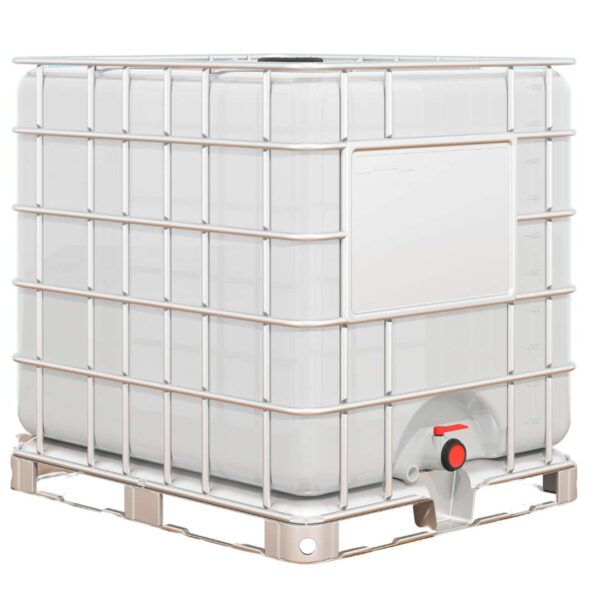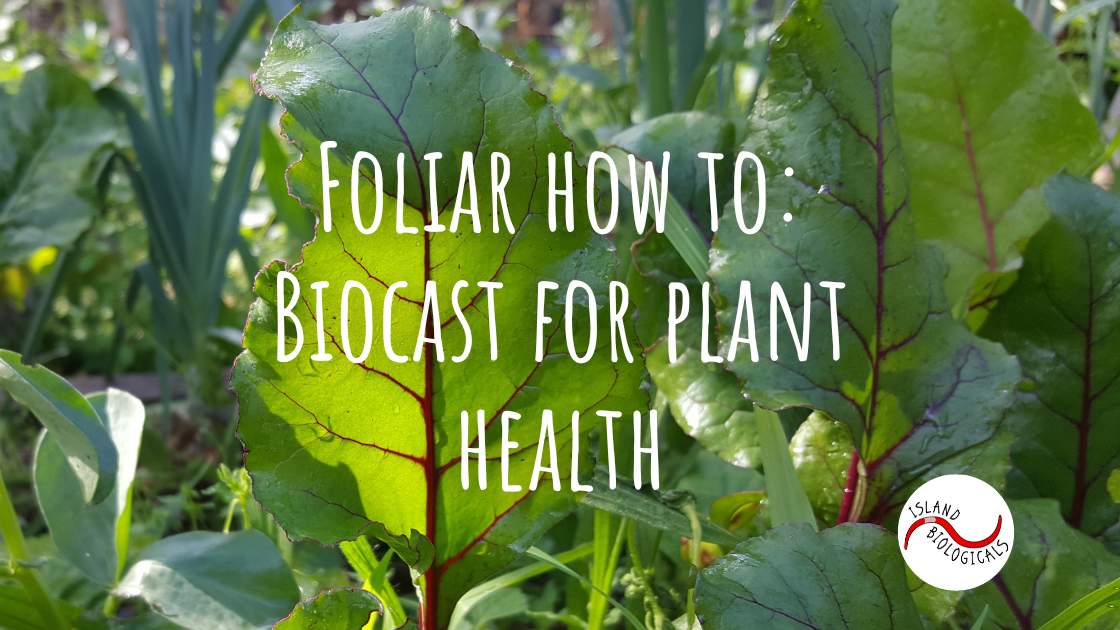
Using Biocast as a foliar on your plants is one of our favourite, and most common, ways to use it.
If you struggle with pest and disease issues, plant nutrition challenges, lack of vigour in your plants or generally think your plants could run better, then read on!
Firstly, what is Biocast, and why would it be helpful?
Biocast is a liquid vermicast biostimulant. We take our high-quality worm cast (we have spent 10 years fine tuning it!) and solubilise it in water. This means that it contains all-natural compounds that are extremely nurturing for an enormous spectrum of plants – because they’re made by earthworms! The liquid form makes it perfect for foliar application.
Biostimulants are just that – a stimulus for plant functions. The goal is not direct provision of nutrient like a fertiliser. Rather, we are looking at whole plant health.
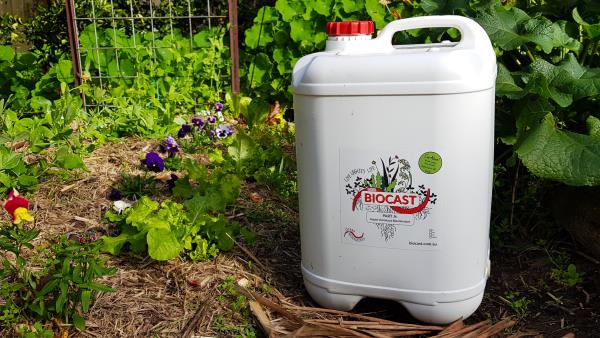
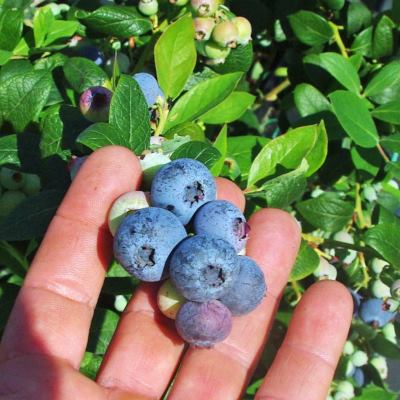
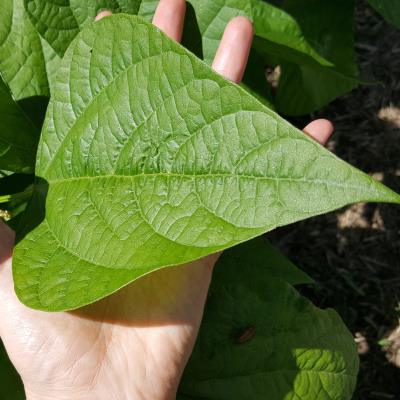
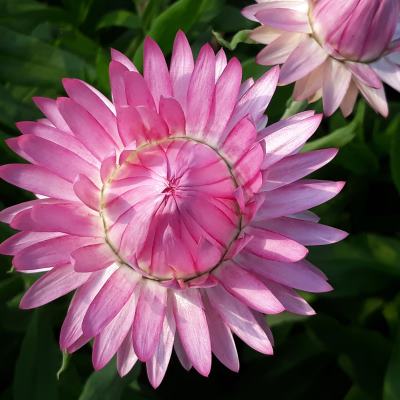
There are a handful of key reasons why our customers choose to incorporate Biocast into their foliar programs.
These are:
To improve plant health, which includes:
- To promote resilience to abiotic stress (e.g. weather extremes)
- As a prophylactic to bolster the plant’s immune system, enabling it to better fight off pests and diseases
To obtain the optimum plant vigour under the existing conditions
To improve nutrient cycling, which includes:
- Improving plant and microbe connectivity so that plants have full access to existing nutrients within the soil
- Improving the efficiency of nutrient uptake so that the fertiliser input regime can be reduced
To improve product quality^, which may include:
- Larger size of flowers, fruits and vegetables
- Prolonged shelf life of flowers, fruits and vegetables
- Increased brix
- Improved flavour in fruits and vegetables
- Clean appearance of fruits and foliage
To gain the flow-on benefits of improvements to soil health; and the subsequent benefits of soil and plant health to human health, animal health, and environmental health
^ While these are common results of customers using Biocast, we cannot guarantee them because there are also contributing management decisions to getting good results. We’re happy to chat about this for your production setting if you give us a call.
There are several naturally occurring compounds within Biocast which make it well suited to foliar application.
Biocast:
- is high in fulvic acid; which supports microbiology, assists plant growth and resistance to abiotic stressors, and aids nutrient and biostimulant absorption via leaves. This makes it an extremely useful synergist if you are doing a foliar nutrition program.
- is high in diverse microorganisms; which provide competition on the leaf surface against pathogens, amongst other benefits.
- contains natural plant growth hormones (notably auxins, gibberlins and cytokinins). These assist in processes such as cell division, healing, stimulating fruit development and delaying senescence.
- contains signalling molecules, which are microbial biproducts enormously important in conveying information to the plant about its environment. They play a role in all sorts of plant functions, from the ability to absorb nutrients like phosphorus, to immune function, and production of secondary metabolites (which include things like vitamin C, active compounds in essential oils, and flavour in fruit!)
- contains trace elements, as well as a natural boost of nitrogen (did you know earthworm mucous is high in nitrogen?!). While not in levels high enough to consider it a fertiliser, it can give plants a useful ‘tickle’ without overdoing anything. This makes it suitable for Australian native plants too.
All in all, thanks to the genius of earthworms, the concert of compounds in Biocast supports the healthy function of the whole plant!
What results can I expect using Biocast as a foliar?
The most noticeable result for most people is plant health: the gloss on the leaves, the overall vigour and robustness of the plant.
Because Biocast works WITH your growing environment to facilitate the optimal expression of the plant, results may vary! The biggest factor we have noticed is the condition of the growing environment prior to application. If you have a highly disturbed system (such as most high-production settings) you have a greater potential for noticeable results than, say, in an undisturbed forest. Biocast works with your plant, your soil, your microbes, your season, your management; to enhance plant growth and productivity within your context. All support, no force.
Some customers have noticed results straight away. For example, they have been able to reduce fertiliser inputs; the blueberry crop was phenomenal; or they have overcome disease issues (see Gabe and Fiona’s grower story). Others have only noticed when a dry spell hits and their paddock is noticeably greener and more robust than the neighbour’s. In the avocado district of Comboyne you can tell who uses Biocast because the trees are darker and glossier. We have had reports of a long-dormant rose coming into full bloom, a backyard lime tree that went from a couple of fruits to a barrowload, and a grazier finding earthworms again for the first time in 20 years.
While we’ve never met a plant that doesn’t like it, what we can’t do it guarantee what exact results Biocast will get you!
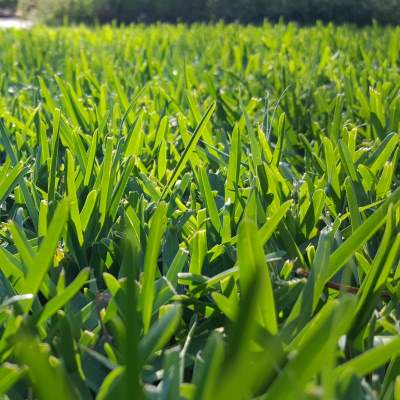
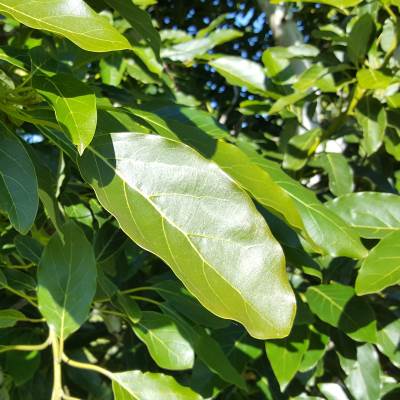
How to apply Biocast as a foliar
Biocast can be applied to the leaves and branches of any plant.
It can be applied at the same time as many foliar nutrition and biostimulant products, with the fulvic acid in Biocast assisting the efficacy of these. Please call us to discuss if you’re not sure which products will work.
There is not withholding period for Biocast, and we double strain it so that it won’t clog your sprayer. For best results, agitate your Biocast before use, to re-suspend any fine solids.
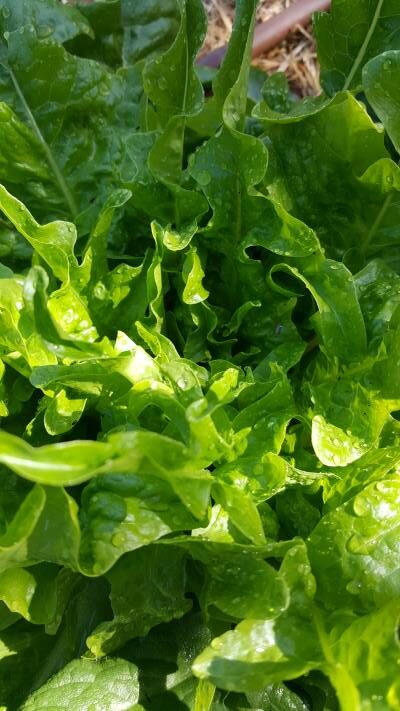
When to apply Biocast as a foliar
If your goal is optimal health and vigour, the best time to apply Biocast is when the plant is actively growing. You are working with the plant’s activity as supported by other stimulus in its environment (such as rainfall, warmth, or grazing for example). Avoid times when the plant is dormant, such as winter dormant periods, or a hot, dry summer.
- For crops and pasture that have been seeded, we recommend a foliar within the first six weeks, beyond the three-leaf stage to support excellent establishment and the full development of plants. If you have dressed your seed with Biocast first, this is a huge power move!)
- For optimum pasture we recommend two foliar applications per growing season.
- For fruit producing plants we recommend four foliar applications post fruit-set.
- In fast growing production settings, such as vegetable gardens, we recommend fortnightly applications, up to weekly applications for leafy green vegetables. There is no withholding period.
If your plants are experiencing stress, this is another excellent time to utilise the supportive powers of Biocast; for example, at the onset of pest or disease attack, or after hail damage. The earlier in that stress event you can apply it, the better! We liken it to loading yourself up on vitamins at the first sign of a sniffle, rather than waiting until you’ve developed pneumonia. Bolstering the immune system of the plant with Biocast will be more effective early on. Biocast will still be supportive if you have missed that early window; however, your plants may experience more challenge.
The best times of day to apply Biocast are early morning or late afternoon, or on overcast days. The longer it remains in a wet state, the longer it has to be absorbed by the plant.
Application rates
Large scale applications
For cereal crops, pastures, and large lawns we recommend application at 5L/ha.
Application rates for trees, shrubs and vines depends on plant size and spacing. We are available to work this out with you! As an indication, a mature avocado tree uses 140 mL/tree.
Biocast is double strained to ensure it will not clog your sprayer. We recommend a large droplet size as a fine, high-pressure mist style spray will damage the beneficial microbes. Simply fill your clean sprayer with as much water as you need to cover the area and add the Biocast amount needed for that area – dilution rate is unimportant as water is only the carrier.
Small scale applications
For small areas, a standard watering can with a rose nozzle is ideal. For trees you may like a small backpack sprayer with the nozzle set to a decent droplet size (i.e. not a fine mist).
Dilute Biocast with water 1:20. If the garden needs a water, do that first so the plant’s pores are nice and open and receptive to the Biocast. Apply your Biocast over the leaves to the point of runoff – i.e. just to when it starts to drip onto the soil. You will find that it doesn’t take much to reach that point.
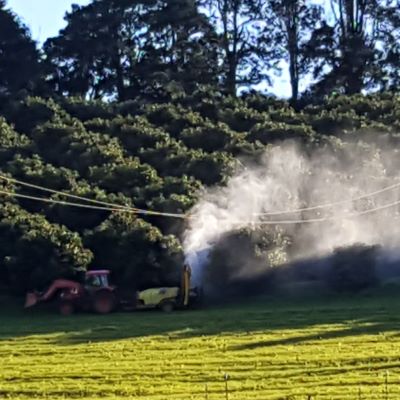
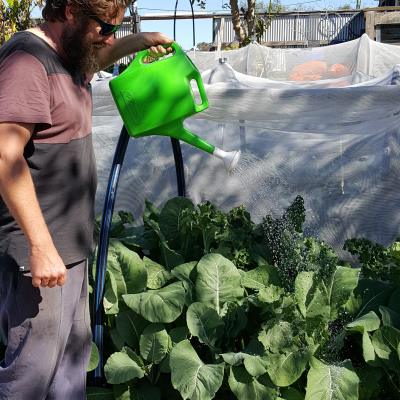
Do you have any questions about Biocast in your production setting?
Give Lee a call – he makes it and can chat about all your particulars.
Ready for some Biocast?
Order online today!

